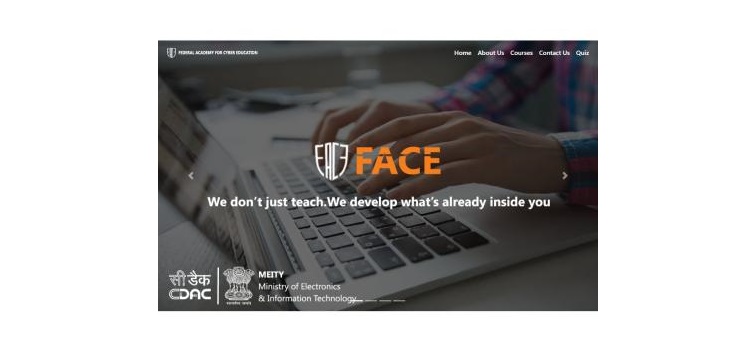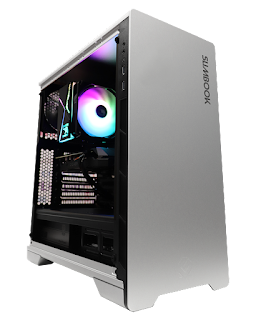LPIC-1 System Administrator is the first certification in LPI’s multi-level Linux professional certification program, which is the world’s largest and most recognized Linux certification. Currently, you need to complete version 5.0 (101-500 and 102-500) to complete your Lpi LPIC-1 System Administrator certification. Recently, we newly released LPIC-1 System Administrator Exam 101-500 Dumps. It is the latest online materials for starting your LPIC-1 System Administrator certification.
1. In which directory must definition files be placed to add additional repositories to yum?
Solution: /etc/yum.repos.d, /etc/yum.repos.d/, yum.repos.d, yum.repos.d/
Determine whether the given solution is correct?
- Incorrect
- Correct
2. Which of the following commands will print the last 10 lines of a text file to the standard output?
- dump -n 10 filename
- tail -n 10 filename
- head -n 10 filename
- cat -n 10 filename
3. Which of these will list all libraries currently stored in cache?
- libip6tc.so.0.1.0
- ldconfig -p
- ldconfig
- ldd
4. In compliance with the FHS, in which of the following directories are documentation files found?
- /etc/share/doc
- /usr/share/documentation
- /usr/local/share/documentation
- /usr/share/doc
- /var/share/doc
5. Which command can you use to send a message to all users who are currently logged into a system?
- cat
- ssh
- wall
- tee
6. What is the effect of the following command?
$ pr report.txt | lpr
- The file report.txt is formatted for printing and sent to the l pr program.
- Tabs are converted to spaces in report.txt, and the result is saved in lpr.
- The files report.txt and lpr are combined together into one file and sent to standard output.
- The file report.txt is printed, and any error messages are stored in the file lpr.
- None of the above.
7. Typing ls -ld wonderjaye reveals a symbolic file mode of drwxr-xr-x.
Which of the following are true? (Select two.)
- wonderjaye is a symbolic link.
- wonderjaye has its SUID bit set.
- wonderjaye is an executable program.
- wonderjaye may be read by all users of the system.
- wonderjaye is a directory.
8. What happens after issuing the command vi without any additional parameters?
- vi starts in command mode and opens a new empty file.
- vi starts and requires the user to explicitly either create a new or load an existing file.
- vi starts and opens a new file which is filled with the content of the vi buffer if the buffer contains text.
- vi starts and loads the last file used and moves the cursor to the position where vi was when it last exited.
- vi exits with an error message as it cannot be invoked without a file name to operate on.
9. You’ve just installed Linux on a new computer with a single SATA hard disk.
What device identifier will refer to the disk?
- /dev/mapper/disk1
- /dev/sda
- /dev/sda or /dev/hda
- C:
- /dev/hda
10. Which of these will create at least one new file?
- split -3 filename
- wc /var/log/syslog
- od filename
- join filename1 filename2
Source: dumpsbase.com








![Updated 101-500 Exam Dumps V12.02 [2022] – Proper Study Materials For 101-500 Exam Preparation 101-500 Exam, 101-500 Exam Dumps, 101-500 Exam Dumps V12.02, 101-500 Exam Preparation, LPI Linux Administrator, 101-500 Exam Preparation, LPI Career, LPI Prep, LPI Preparation, LPI Career, LPI Skills, LPI Jobs, LPI Guides, LPI Exam](https://blogger.googleusercontent.com/img/b/R29vZ2xl/AVvXsEj0P8XkfOchMTSVTnq3hHJYQsMWlCzhowcmLmPvC7UxNDVJz3ZnCtBsfzBJgiPa9cJzQdac3Eo8fBgfZcCAMIvbZfhN_IZON7xl1xj3b2DEa4sV8bTA1Dea2nGDu0Ajm1L_Daiy7LPio1t12L25S30qvCzAjQzlXcChbQlTtYwbukrxUxKUhnrvXy7x7w/s16000/exam-preparation-tips.jpg)



